Online Video: the Perfect Social Learning Tool? | Social Learning Blog
Dashe & Thomson
JANUARY 27, 2011
Because video is, apparently, a perfect manifestation of social learning theory. Here’s a quick primer on video as a learning tool from Learning Solutions Magazine. less big companies, for more than 20 years. Download the whitepaper » Blog this! A, attention, R, relevance, C, confidence and S, Satisfaction. Properly d.







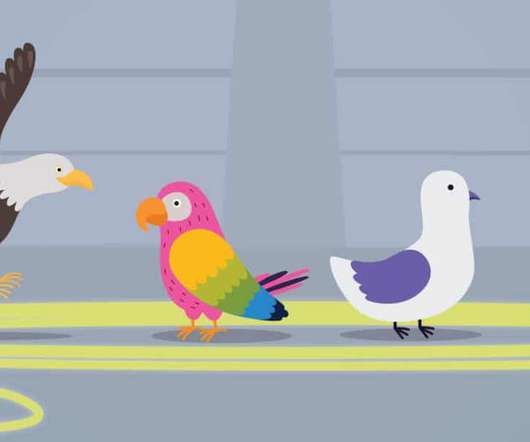
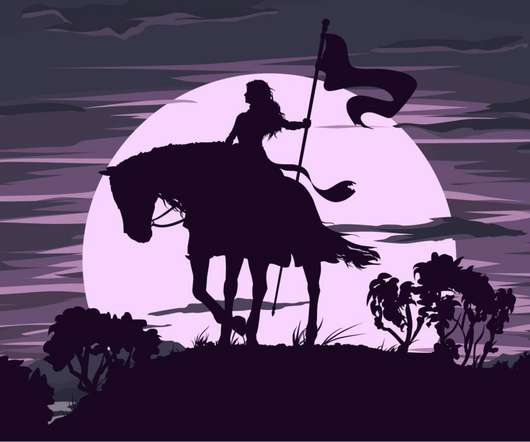

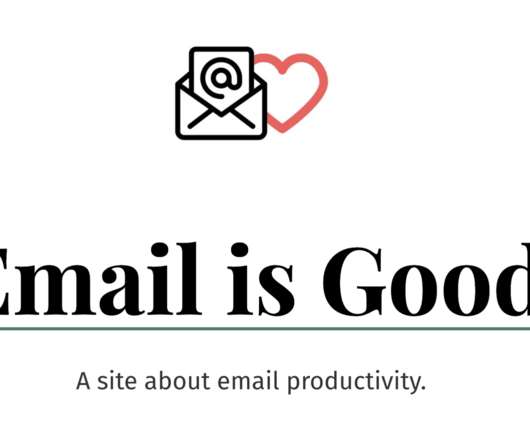





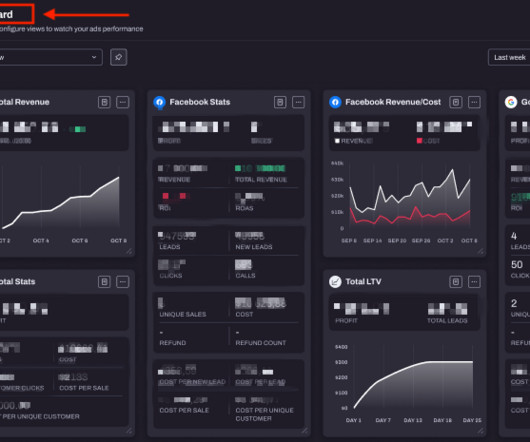




















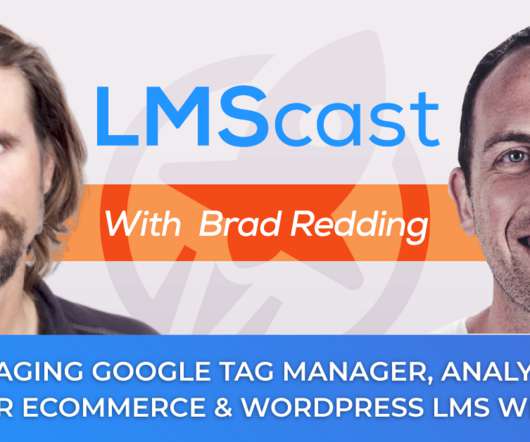

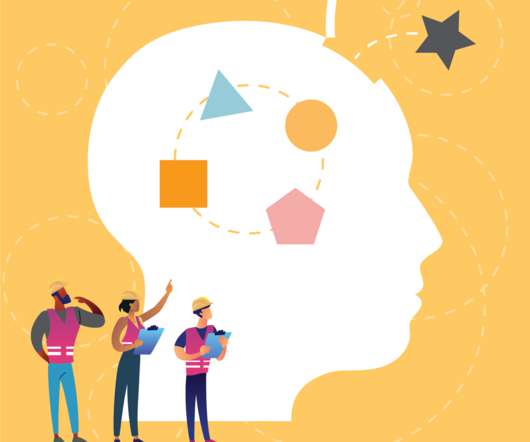










Let's personalize your content